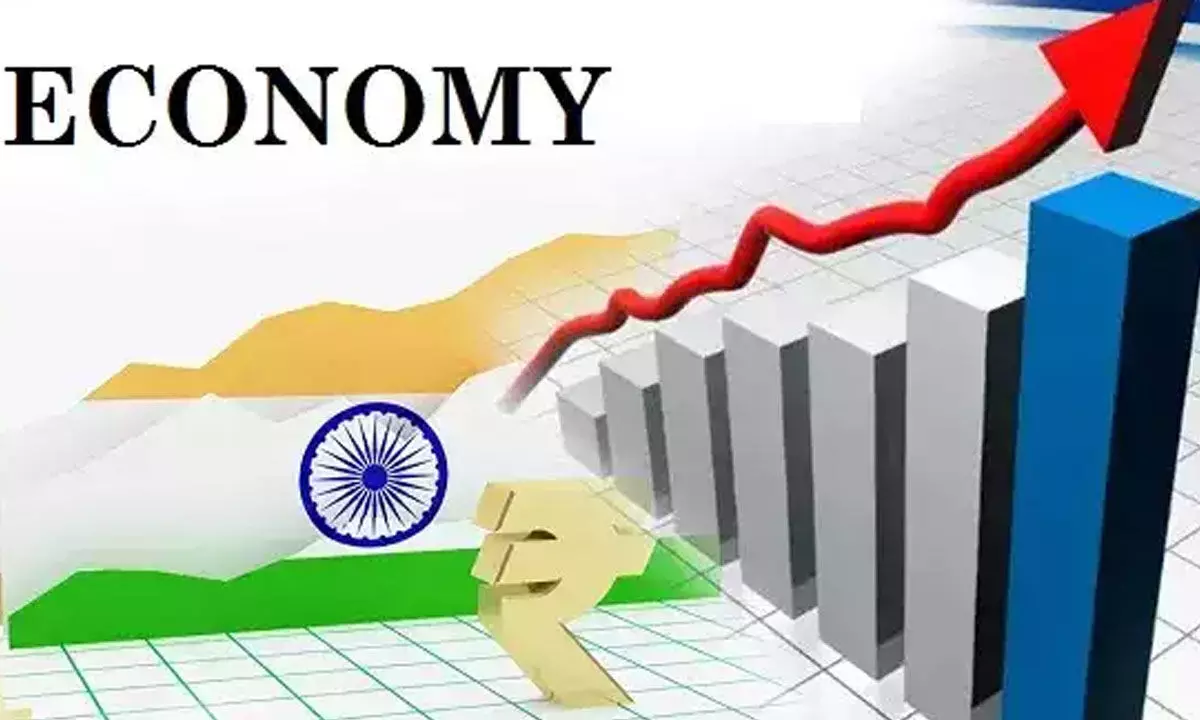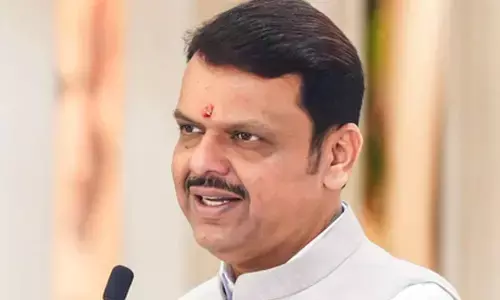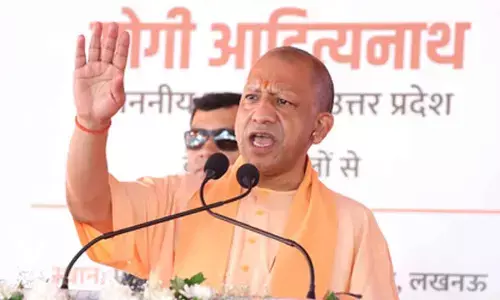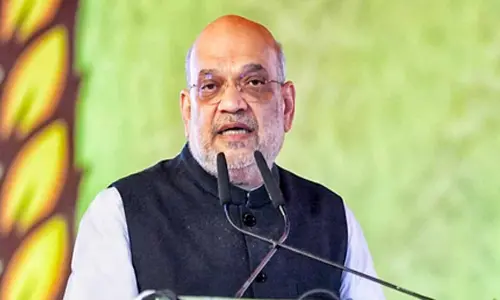Can India eye superlative growth?

Goldman Sachs says it can be world’s second largest economy by 2047
Prime Minister Narendra Modi envisions an India that will become a developed nation by 2047. Although, he had earlier wished India to be a $ 5-trillion economy by 2025, the plans suffered a setback because of Covid-19 that resulted in a negative GDP (gross domestic product) growth for the Indian economy.
The country’s current GDP stands at a modest $ 3.75 trillion, which is a significant rise from the $ 2 trillion in 2014. In terms of current prices, India’s GDP of $ 3,737 billion ranks above the UK ($ 3,159 billion), France ($ 2,924 billion), Canada ($ 2,089 billion), Russia (1,740 billion) and Australia ($ 1,550 billion) thereby earning the “bright spot” tag in the global economy.
In the light of this positive development, one is wondering what the country’s GDP size would be in 2047, a milestone year as it marks India’s centenary of Independence. Some optimistic estimation is that it could achieve $ 30 trillion dollar economy by 2047.
The country’s Chief Policy Advisor D K Shrivastava had estimated last August that India would reach $ 5, 10, 20 and 30 trillion by FY 27, FY 34, FY43 and FY 48 respectively. According to a recent forecast of Goldman Sachs, the Indian economy is likely to become the world’s second largest economy by 2047.
With public and private partnership, favourable policies, reforms, favourable environment, with every Indian engaged in the larger order, productive and profitable prosperous growth, equity and inclusive sustainable development, providing opportunities for every section of population to contribute in greater measure and higher women participation in labour should combine together to achieve Modi’s 2047 dreams, which is a possible goal.
The RBI July bulletin has an article “India@ 100” co-authored by HarendraBehera, V Dhanya, Kunal Priyadarshini and Sapna Goel. This provides an indicative roadmap for enabling India to become a developed country by 2047. According to them, this requires the GDP to grow at 7.6 per cent per annum over the next 25 years, raising its current per capita GDP of $ 2,500 to $ 22,000. Their recommendations include investment in physical capital, comprehensive reforms across sectors covering education, infrastructure, health care and technology to raise productivity. They also call for collaboration between the government, private sector, civil society and citizens in driving this transformational growth.
The study shows that the best India achieved over a period of 25 consecutive years in the past is CAGR of 8.1 per cent from 1993-94 to 2017-18.
Incidentally, there is a greater share of services in GDP, while the manufacturing sector has remained stagnant. The study points out that the industrial sector should increase its share from the current 25.6 per cent to 35 per cent by 2047-48 with manufacturing occupying a 25 per cent share in total value added, which implies that the industrial sector needs to grow at a nominal of 13.4 per cent.
This can be bolstered by recent initiatives like Production Linked Incentive Scheme (PLI), Atmanirbhar Bharat, one district one product, aspirational district s programme, continued focus on MSME sector’s contribution to GDP, new Foreign Trade Policy (FTP), Foreign Trade Agreements (FTA) with UAE and Australia, which can boost manufacturing and manufacturing exports.
There is a greater need to spend on R&D, which has been at a rather low of 0.7 per cent of GDP for the last two decades while R & D expenditures of South Korea, Germany and China were at 4 per cent, 3 per cent and 2 per cent of their respective GDPs between 2009 and 2018. Enhancing TFP, which will be a prime factor in a country’s upward transition from middle income to high income country group (Kim and Park 2017).
The article suggests that to enhance productivity, faster diffusion of global frontier technologies to domestic firms through strengthened value chains is required along with reallocation of labour force from low to high productive sectors. It also calls for accumulation of capital to upscale production. India’s savings and investment to GDP, which are showing a declining trend, need to be stepped up. The report states that India’s capital per worker remains lower as compared to even peer countries.
India has a demographic dividend. With more allocation to education and health, which is at 1.8 per cent and 3.1 per cent of GDP at present, focussing on quality of education, specific skills development, shifting of labour from unorganised sector to organised sector focussing on their use on high productive sectors, reducing the dependence on agriculture to allied activities, pursuing women-friendly policies, micro enterprises and self-employment should result in their enhanced contribution to GDP.
Putting India on its Mission 2047 will be the country’s start-up eco system, E-commerce, Digitalisation, integration with the globalvalue chain, the National Logistics Policy, PM Gat-Shakti, focus on public digital infrastructure, productive use of AI, ML, climate change initiatives, investment on emission-free industries, going solar, wind mill and hydrogen, creating both physical and social infrastructure and many such futuristic initiatives both by the Union and State government and PPP.
As far as the roadmap to achieve the target, the authors suggest a multi-pronged approach on various aspects of development, strong manufacturing and services sector, structural reforms enabling reallocation of labour from agriculture to other sectors, investment in human and physical capital, targetting knowledge-oriented sectors, structural transformation and role of MSMEs, harnessing the potential in tourism, ensuring energy security with a sustained thrust on renewables, securing supply chains and reducing logic costs.
Hence the article, the authors of which should be complimented for coming up with a wonderful work, reiterates that India becoming a developed country by 2047 with an average annual growth of 7.6 per cent sustained over the next 25 years is a feasible proposition.














